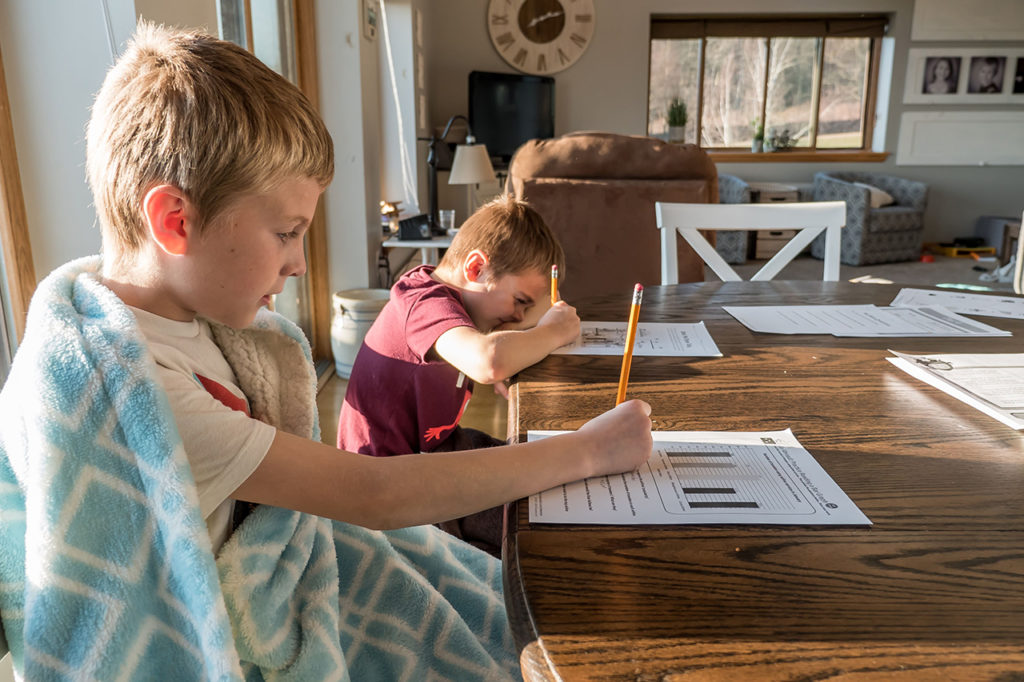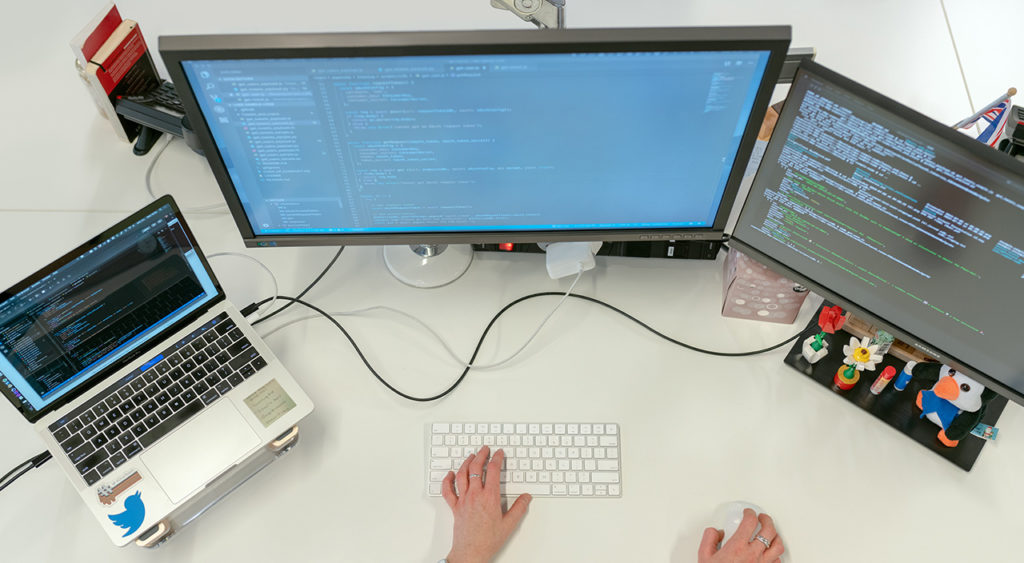Long the domain of busy adults looking to squeeze in an evening MBA, online learning has expanded beyond its original target audience into something that has become a cornerstone of daily life for learners of all ages. Among virtual learning’s selling points: it lends itself to education on a flexible schedule.
For many children, however — especially children with ADHD — who are looking to get through a day’s worth of classes, the free-form, minimal supervision of virtual learning can be tantamount to trying to get an education from background noise.
“When you take a kid and plunk them in front of a computer and hope all that stuff is going to happen, oftentimes it doesn’t,” says Laci Culbreth, the assistant principal of Royce Learning Center in Savannah, Georgia, in an interview with local NBC affiliate WSAV. Culbreth estimates that about half of the students at Royce, which specializes in education for people with learning disabilities, have ADHD.
In one recent extreme case, a 15-year-old Michigan girl with ADHD and recent behavioral issues was placed in juvenile detention for falling behind on her homework, violating the terms of her probation, making her fall further behind in her studies. (She has been released, in the wake of national outcry.)
Where there are issues, however, there are solutions. And while on one hand, the removal from human interaction inherent in distance learning might present an extra challenge to students with attention disorders, on the other hand, its flexibility can be a benefit. Here are some tips on how to make virtual learning work for your child with ADHD. (Hint: they can work for any child who has trouble focusing when cooped up at home all day.)
Have a dedicated learning space.

After about a week or two into a regular new school year, your children likely would be on autopilot as they head to their classrooms. You can mirror this at home, too. Designate a place in your home that will be a routine destination each morning — whether it’s a desk in their room, a beanbag chair in the basement, a chair at the kitchen table, or a section of the couch. This will signal to their minds that it’s time for learning. Be sure that the space is relatively free of distractions — that video game console might not be the best item to have nearby — and that it’s quiet enough to encourage concentration on the virtual lesson.
If you have more than one child and your home has the space (and you have the technology), it might be best to separate them during the day. They’ll be doing different lessons, have different schedules, and their personal idiosyncrasies might lead to mutual distractions. Ever been in an open-plan office and try to focus on work when seated near a knuckle cracker or constant sniffler? Same line of thinking applies.
Be sure that the learning space is full of materials they’ll need to get through the school day. Whether that’s books, markers, or construction paper, having the right supplies on hand will help keep your learner on task — and prevent them from breaking concentration to have to rummage through their bedrooms to find that protractor.
Treat virtual learning time like school time (within reason).

All kids need structure, and set schedules can help people of all ages with attention disorders get and stay productive. Something great about the school day? It has schedules baked right in. Middle and high school classes are punctuated by passing time. The elementary school day usually has a few minutes between subjects to switch school supplies and allow for some light chitchat.
Incorporate breaks into the virtual learning day. Instruct to your children that these breaks are when they should use the restroom, get another book, or grab a sip of water. Beyond conveying a sense of normalcy, this will also help teach your child organization and focus: If they can sit down and pay attention to a lesson for 45 minutes, they’ll get a short break and a chance to move around.
On this note, other usual school day rules should be observed. Just like your children wouldn’t likely be allowed to break into a Snickers in the middle of class, neither should they during virtual learning. Phones should be put away until virtual recess or the virtual final bell. And, writes Matthew Dicks, a 21-year educator, in Slate, changing out of pajamas will help your family get into learning mode.
Make sure your tech is in working order.

After a spring of virtual learning, you likely have a handle on your household technology inventory. Nonetheless, the end of summer might be a good time for a tech tune-up. Is your laptop from 2005 running a low on RAM? Be sure the computer or iPad you’ll be using will be able to withstand common streaming software used in 2020. Imagine how frustrating it could be for your child if her child’s science teacher got frozen in a pixelated jumble, emitting a sound reminiscent of late 90s dance music.
If your budget is running a bit tight, there are options available to help your family get equipped. Consult your local school district or library system, or find charitable organizations in your area that are willing to help. Computers2Kids, for example, is a great group serving the San Diego area.
Along with doing a tech check-up, ensure your Wi-Fi has the bandwidth to sustain a family engaged in telework and virtual learning. Check to be sure your Internet router is optimally placed: Much like a radio antenna, routers tend to have the best coverage area when situated in a high spot, such as on top of a shelf. Larger homes might benefit from having multiple routers — especially on multiple floors.
If Internet access is proving cumbersome, reach out to your child’s teacher for modifications. Google Suite applications have options for offline use, including a downloadable offline extension. Teachers can also construct lesson plans and develop activities around apps that don’t require Internet access, as well as print off materials such as worksheets for pickup.
Your family’s education team is here for you and is willing to work with you and your family. Just be sure to check in with your student on a regular basis about projects as well as with your child’s teachers (and any paraprofessionals such as special education), so no lesson plans fall by the wayside.
Full-time virtual learning is a major adjustment for any family. But attention disorders such as ADHD add another dimension to handling this largely unsupervised, often fluid educational format. Recreating the school day can help institute a bit of routine that can help bring normalcy and structure to virtual learning.

